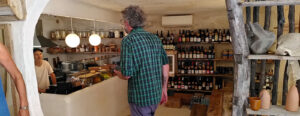
De Monio Vegetarian Cafe & Shop
Deia’s most recent arrival (2021) combines vegetarian food with the choicest set of local crafts in Deia. Proprietors Jorge and Jaume have created a little
Deia is situated on the northwest coast of the island of Mallorca, Spain. The village has a rich history dating back to prehistoric times, and has been inhabited by various civilizations throughout the centuries.
The earliest evidence of human habitation in the area dates back to the Bronze Age, around 2000 BC, as evidenced by the numerous talayots and other prehistoric structures found in the surrounding countryside. These structures were built by the Talayotic culture, which flourished on the island until the Roman conquest in 123 BC.
During the Roman era, the village was known as Adelia, and was an important center for agriculture and commerce. The Romans established a port in nearby Soller, which facilitated the transport of goods to and from the village. Roman influence can still be seen today in the form of the ancient bridge that crosses the Torrent de Deia.
After the fall of the Roman Empire, the village was inhabited by various Islamic and Christian rulers. In the 13th century, the village was conquered by the Kingdom of Aragon, and became part of the Kingdom of Mallorca. During this time, the village was known for its olive groves and its production of olive oil, which was exported to other parts of Europe.
In the 16th and 17th centuries, the village experienced a period of decline, as it was repeatedly attacked by pirates and other raiders. Many of the village’s inhabitants fled to the nearby town of Soller for safety. However, in the 18th century, the village began to experience a revival, as wealthy families from Palma and other parts of Mallorca began to build summer homes in the village.
In the early 20th century, the village became a haven for artists and writers, who were drawn to its natural beauty and tranquil atmosphere. Among the most famous of these were the poet Robert Graves and the painter Joan Miro, both of whom lived and worked in the village for many years.
Today, Deia is a popular tourist destination, known for its stunning scenery, its cultural heritage, and its thriving arts scene. Despite the influx of visitors, the village has managed to maintain its charm and authenticity, and remains a peaceful and idyllic retreat for visitors from all over the world.

Deia’s most recent arrival (2021) combines vegetarian food with the choicest set of local crafts in Deia. Proprietors Jorge and Jaume have created a little
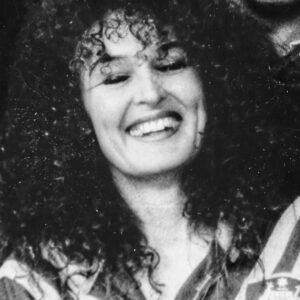
A painter from Australia. Studied painting with Frank Hodgkinson, another Deia alumni. Moved to Deia in 1977 and married Juan Graves, son of Robert. She has returned to Australia now and continues to make art and music.
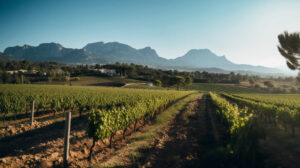
Mallorca has been making wine for 2000 years. It’s our little secret that you can now enjoy!
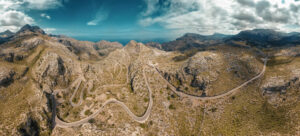
Astonishing winding drive through the mountains and gorges to the sea, a wonderful old Cala and the legendary Torrens de Paraix gorge which runs through 3000m through the mountains. This is one wonderful trip!
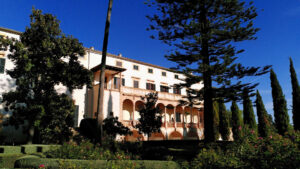
Beautiful finca and gardens with excellent exhibition on life in the Tramuntana. Entry free which is a bonus.
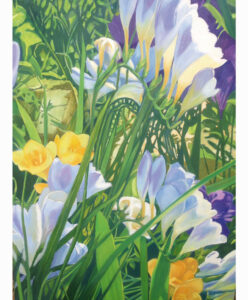
Came to Deia in 1978 with her then husband David Templeton. She continues to live on the island and paints constantly.
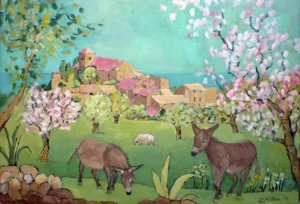
Born in 1946, has lived on the idle since 1975. She exhibits every summer in a gallery in the village.
Oona speaks English, Castellano & Catalan (and some French as well).